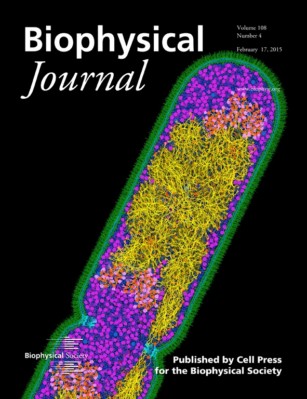single-cell GROWTH + cell cycle data
This is our latest data [download data]. In this paper, we provide the most complete single-cell growth and the cell cycle data in both E. coli and B. subtilis as we managed to track not only the division cycles but also the replication cycles. The original reference is
Si and Le Treut et al., Mechanistic origin of cell-size control and homeostasis in bacteria. Current Biology, 29, 1-11 (2019) [Google Scholar][online][PDF][ata]
More recently, JT Sauls in our lab obtrained extensive B. subtilis single-cell data for both growth and the cell cycle. The data can be downloaded from the following:
John T. Sauls et al. Control of Bacillus subtilis Replication Initiation during Physiological Transitions and Perturbations, mBio, 10, e02205-19 (2019)
[online][PDF]
SINGLE-CELL Growth data
The data from the following two papers are typically cell size prameters vs. time of a large number of individual cells for many generations. Segmentation and lineage information is also included.
In the original 'mother machine' paper in 2010, we also included the YFP level information. If you want to revist the adder principle, we recommend the 2014/2015 data as we took particular care to carefully calibrate the threshold for cell size.
Taheri-Araghi et al.
Cell-size control and homeostasis in bacteria, Current Biology 25(3), 385–391 (2015)
[Google Scholar][online][PDF+extended SI][data]
*We reported the discovery of the adder principle in this paper.
Wang et al.,
Robust growth of Escherichia coli
Current Biology 20, 1099-1103, 2010.
[Google Scholar][online][PDF][data]
*We reported the invention of the mother machine in this paper.
GROWTH PERTURBATION data [data]
This project took enormous time and resources. Using an automated multiplex turbidostat, we explored hundreds of different growth conditions in E. coli and measured
1. growth rate
2. cell size
3. cell shape
4. cell cycle ("C+D" period)
5. RNA/protein ratio
The types of perturbations include
a. nutrient limitations
b.
translational inhibitions
c. transcriptional inhibitions
d. DNA replication speed
e. replication initiation
f. cell shape
g. lipid synthesis
h. cell-wall synthesis
We often used orthogonal approaches (genetic and pharmacological) for each type of perturbation. For example, for 'd. replication speed', we used three different approaches: tCRISPRi on elongation machinery, hydroxyurea, and thymine limitations. The original reference is
Fangwei Si et al. Invariance of initiation mass and predictability of cell size in Escherichia coli, Current Biology 27(9):1278-1287 (2017)
[Google Scholar][OPEN ACCESS (PDF)][Download full dataset]
Junlab Strains
We've put up our plasmids on Addgene for anyone to get. These strains include
- E. coli NCM3722 (Brown and Jun, Genome Announc 3(4):e00879-15. doi:10.1128/genomeA.00879-15.)
- CRISPR interference: tCRISPRi (Li et al., Scientific Reports 6, 39076 (2016))
The complete genome sequence of E. coli NCM3722 is available: chromosome and F plasmid.
Illustrations and Multimedia

High-resolution image of David Goodsell's updated E. coli illustration for a cover of Feb 17 2015 issue of Biophysical Journal (click image). See also Visualizing Chromosomes, Cell Cycles, and Entropy.